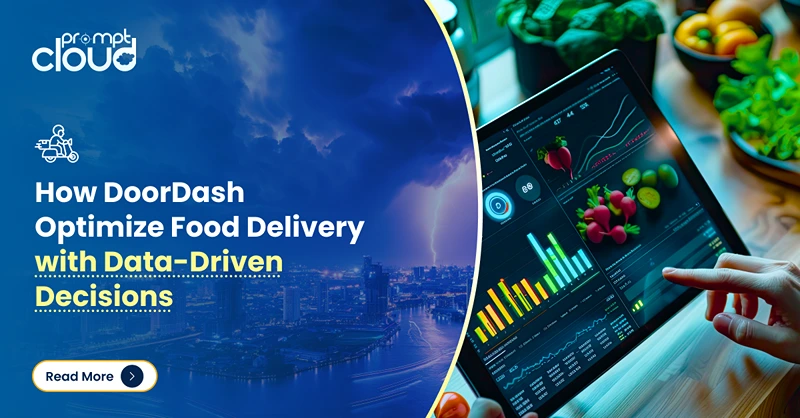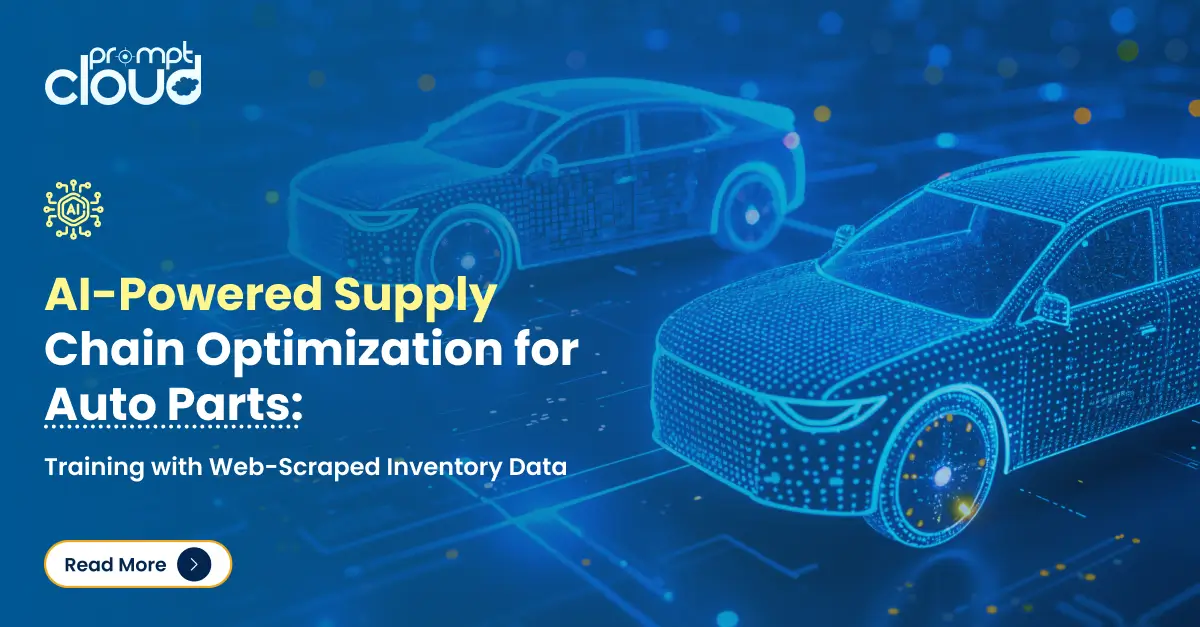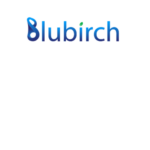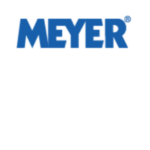What is Price Benchmarking?
Let’s drive this home with an example. Say you decided to open a retail shop and sell stationery items. But you overpriced your wares and got no customers. The main reason was the presence of another stationary shop right down the street. By the time, you got your prices right, word had already gone around as to how overpriced your shop was and people simply refused to visit you again. This mishap could have easily been avoided if you used price benchmarking to find the sweet spot and priced your wares accordingly. Getting your prices right is very important in today’s competitive market where both online and offline stores battle it out to win over new customers.
When and how to use pricing benchmarks?
Price benchmarking are important when you are entering a new market. You can join the sector with competitive prices, get your customers hooked to your product, and then slowly raise your prices so as to stand out in the crowd, with your superior offering. In case you are dealing in luxury items, or you are selling something unique, you can skip the benchmarking since you will be creating a class of your own. However, for most new businesses as well as businesses trying to get more customers to join the following, it is better to use pricing benchmarks.
The process of application of Price benchmarking is rather simple. First, decide on who your competitors are. Are they only brick and mortar stores? Are they online retailers? Or are they both? Depending on who your competitors are, you will need to extract pricing data from their websites or shops, and analyze them. After analyzing the price data you have understood what is the discount rates offered across different categories and brands. Accordingly, you will have to set the prices of your goods. This three-stage process of pricing benchmark will act as a very effective competitor-based pricing strategy.
However, today Price benchmarking might be tricky due to certain factors-
- Many stores (online or offline), update their prices regularly depending on market factors and availability. You will have to keep updating your data sources to make sure that you remain competitive and also not undersell your wares.
- Data gathering from online sources is not a simple task when we are talking of millions of products across thousands of subcategories. You will have to use web scraping techniques with the help of experienced data providers like PromptCloud so as to get a good picture of the online pricing strategies.
- Automating various data collection and analytics based processes will help make the decision making cycle much smaller and help you concentrate more on your core business. Thus automation plays a very important role as well.
But then, going through so many hardships has many benefits-
- Automation of various analytical and web scraping services will, in turn, save your time as we mentioned above.
- Ideal pricing will be easier to determine through the use of technology.
- Entering new markets or expanding into new categories will be easier since you will already be having a well-painted picture of their pricing benchmarks.
- You will be able to optimize pricing by making money on the whole, even if you lose out on some items.
How are the prices of online retailers affecting existing benchmark processes for retailers?
Pricing benchmarks used to be much simpler a decade back but the rise of online retailers has changed the rules forever. Whereas competing with an online retailer might be difficult for brick and mortar stores, you could to a certain extent match your prices and make up for the rest with a customer service that makes customers revisit you. Market intelligence gathered from online sellers also cause customers to negotiate prices at offline stores. In such scenarios, you will have to look at the total sale value and decide on your margins.
Can web-scraping work as an easy solution to update your Price Benchmarking processes?
For most online, or even offline retail businesses, pricing benchmarks are done manually and are not very accurate. However, when you start using web-scraping as a source of data for your niche category of products, you can be pretty sure of the trends and pricing strategies that seem to emerge. Web scraping not only gets you the prices that competitors are using but also prices on other websites, such as the manufacturers, or blog sites. Many online portals also show a change in the price of items over a period of time. This data can be analyzed by you to decide on which items you should yourself stock on, and sell later at a profit.
Public outlook on what the price of an item should be also play a major role in the pricing strategies. Say you want to manufacture and sell your own brand of yoga mats, and you find that most yoga mats on sale are made of PVC and sell at around $20 – $30. However, on scraping the comments sections, you realize that customers want rubber yoga mats even if they cost a few dollars more. So you go on to make and sell rubber ones at $35. This way you do price your goods higher than the market, but then by understanding customer sentiments, you are able to create your very own pricing benchmarks. Hence Price benchmarking don’t always mean matching the prices set by competitors but also setting prices that will be acceptable to your customers based on the quality that you offer.
Conclusion
Price benchmarking are an important business strategy that both online and offline stores will have to master in order to co-exist in the same ecosystem, and the companies who are able to master the process more efficiently by spending lesser dollars, through automation and web-scraping, will be the ones that more customers flock to.

















































